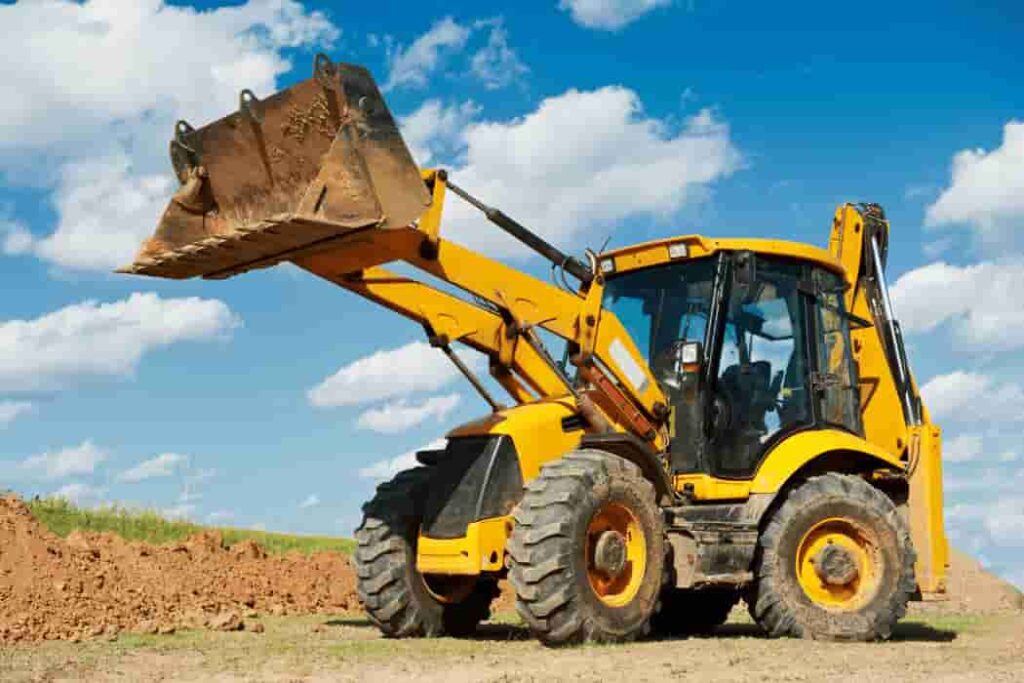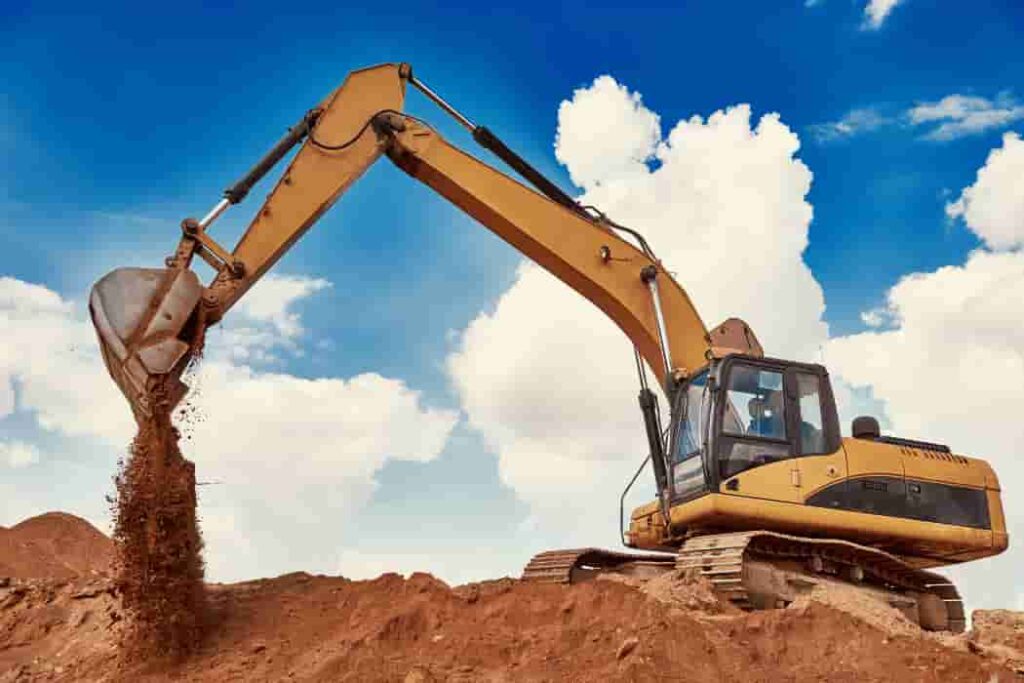Have you ever wondered how we piece together the puzzle of our past? How do we unveil the mysteries that time has buried beneath layers of soil and sediment? The answer lies in one word: excavation. Join me on this journey as we delve into the fascinating world of unearthing history, where shovels become time machines, and every layer brings us closer to the secrets of ancient civilizations.

Digging Beyond the Surface: The Essence of Excavation
The Archaeologist’s Toolbox
Before we jump into the trenches, let’s explore the tools of the trade. Picture an archaeologist like a detective, armed with trowels, brushes, and patience. These tools aren’t just for digging; they’re instruments for delicate surgery on the Earth itself.
Stratigraphy: Layers of Time
Imagine the Earth as a layered cake, each stratum representing a different chapter in history. Stratigraphy, the study of these layers, allows archaeologists to date artifacts based on their depth, creating a chronological timeline of events. It’s like reading a book, but instead of turning pages, we’re uncovering layers.
Trowels and Brushes: Unearth with Precision
In the world of excavation, precision is paramount. Trowels, the surgeon’s scalpel, delicately remove soil, while brushes sweep away the dust, revealing artifacts like hidden treasures. It’s a dance between archaeologist and earth, a careful choreography to unveil the past without disturbing it.
The Art of Uncovering: Techniques in Excavation
Vertical vs. Horizontal Excavation
Digging isn’t just about going straight down; it’s about understanding the context. Vertical excavation explores the depth of a site, uncovering its secrets layer by layer. On the other hand, horizontal excavation uncovers the broader picture, exposing structures and connections between artifacts.
Remote Sensing: Peering Beneath the Surface
Excavation isn’t always about hands in the dirt. Remote sensing technologies, like ground-penetrating radar, allow archaeologists to peer beneath the surface without disturbing it. It’s like having X-ray vision for the Earth, revealing hidden chambers and structures.
Aerial Archaeology: Eyes in the Sky
Take to the skies, and you’ll discover a new perspective on excavation. Aerial archaeology uses drones and satellite imagery to identify subtle changes in the landscape, hinting at buried structures invisible from the ground. It’s like having a bird’s eye view of history.
Unveiling Civilizations: Discoveries Through Excavation
Pompeii: Frozen in Time
Step into the streets of Pompeii, frozen in the moment when Mount Vesuvius erupted in 79 AD. Excavations here have revealed remarkably preserved homes, streets, and even the haunting plaster casts of its unfortunate residents. It’s like stepping into a time capsule, where every detail tells a story.
Egypt’s Valley of the Kings
Uncover the mysteries of the pharaohs in Egypt’s Valley of the Kings. Excavations have revealed tombs filled with treasures, hieroglyphs that narrate tales of the afterlife, and the enigmatic mummies of ancient rulers. It’s a journey through the sands of time, where every artifact speaks of a bygone era.
Machu Picchu: Inca Secrets Revealed
High in the Andes, Machu Picchu stands as a testament to the Inca civilization. Excavations here have unveiled the intricacies of the city’s construction, its agricultural terraces, and the spiritual significance of its temples. It’s like peeling back the layers of a mountain to expose a hidden world.
Challenges in Excavation: Preserving the Past for the Future
Conservation Dilemmas
Excavation isn’t just about digging; it’s about preservation. The delicate balance between uncovering history and preserving it for future generations poses a constant challenge. How do we protect fragile artifacts while satisfying our curiosity to know more?
Looting and Ethics
Sadly, the allure of ancient treasures has led to the illicit trade of stolen artifacts. The battle against looting requires a combination of legal measures, public awareness, and ethical considerations. It’s a war to protect the integrity of our shared human history.
The Future of Excavation: Merging Tradition with Technology
Virtual Reality: Excavating from Anywhere
As technology advances, so does the way we excavate. Virtual reality allows archaeologists to explore sites remotely, guiding digital tools to uncover artifacts without physically being there. It’s like being on a virtual archaeological adventure, where the past comes to life in the digital realm.
Artificial Intelligence in Archaeology
Welcome to the age of AI in archaeology. Machine learning algorithms analyze vast datasets, helping archaeologists identify patterns and make sense of complex information. It’s like having a digital assistant that can sift through centuries of history in the blink of an eye.
Conclusion: Excavation – Unearthing the Tapestry of Time
As we wrap up our journey through the trenches of history, one thing becomes clear: excavation is more than just digging up artifacts; it’s a quest to understand who we are and where we came from. With tools in hand, archaeologists peel back the layers of time, revealing the intricate tapestry of human civilization.
So, the next time you see an archaeologist with a trowel in hand, know that they’re not just digging; they’re uncovering the chapters of our shared story, one layer at a time. Excavation is not just a science; it’s an art, a dance with the past that leaves us in awe of the wonders buried beneath our feet.


